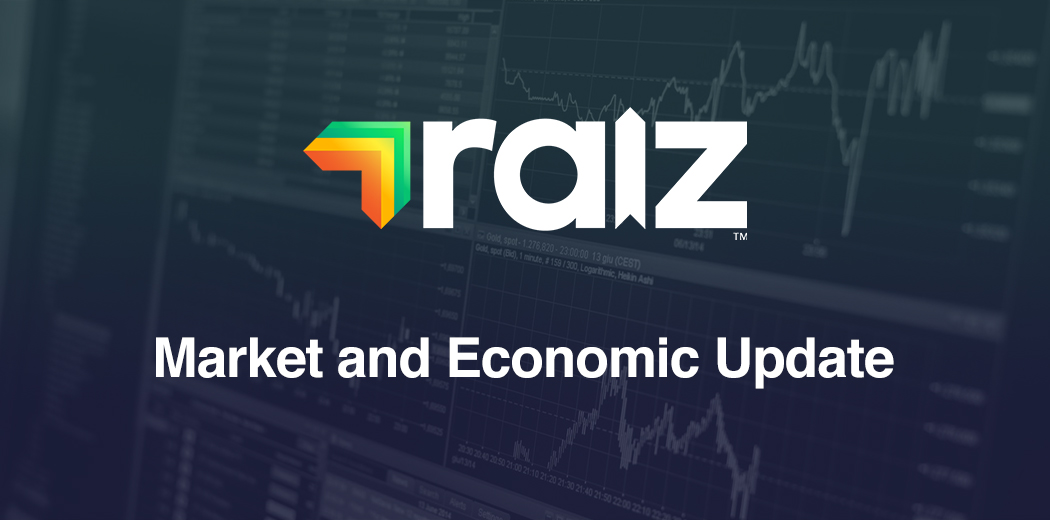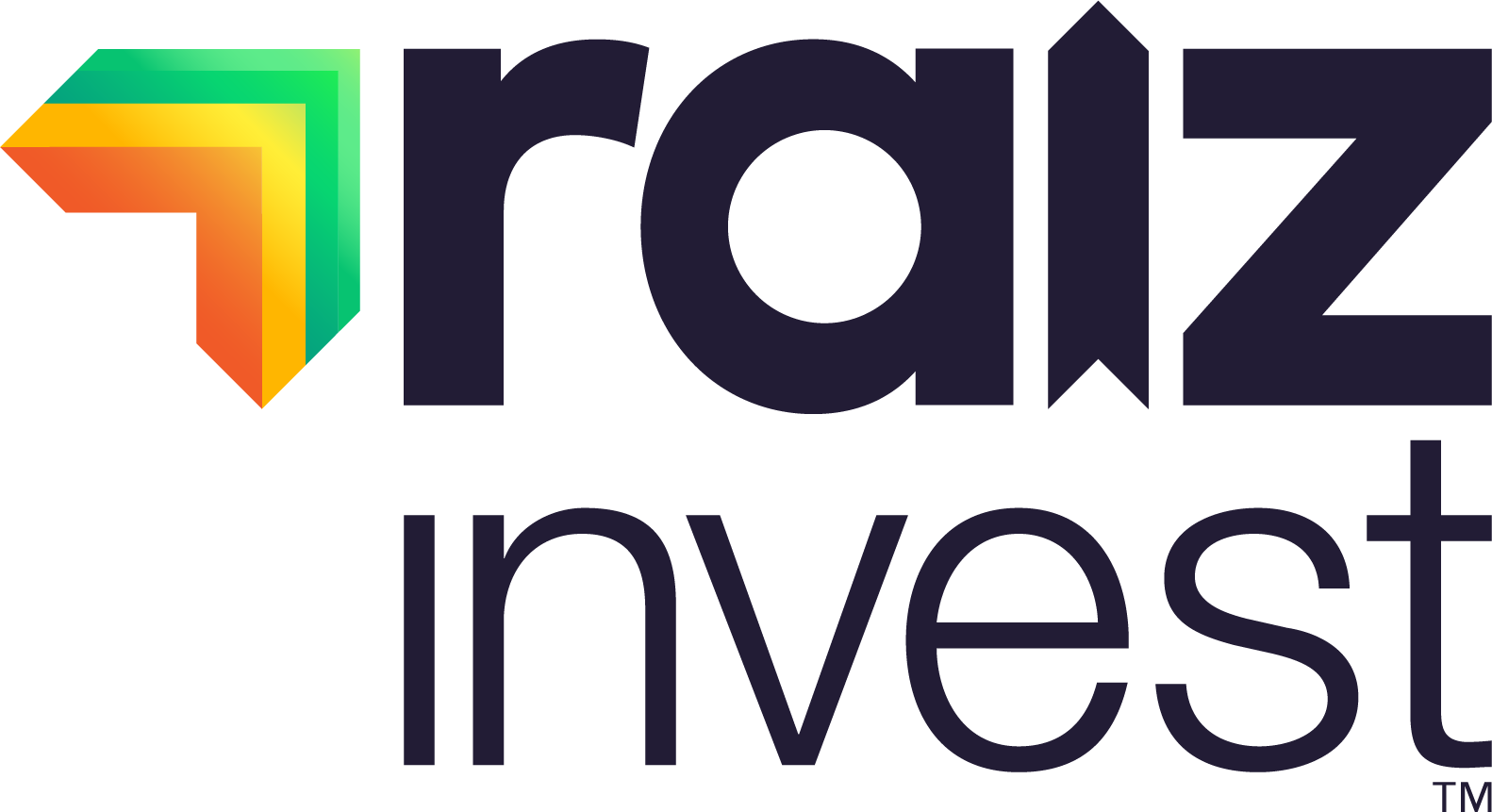Market and Economic Update: US faces multi-front tariff war

03/06/2019
From Raiz CEO, George Lucas
Lacklustre performance in gold despite global jitters
First off, on the gold market. We’ve seen the performance of gold since the start of 2019 has been poor, despite expectations for looser US monetary policy and mounting US-China trade tensions.
That’s somewhat unusual given gold is considered a safe-haven asset as it can be negatively correlated with traditional risky assets, such as equities. However, since the US-China trade war took a turn for the worse in early May, the price of gold has fallen. The drop is arguably more surprising given it’s happened against the backdrop of falling expectations for interest rates in the US.
US stocks strong but bonds signal a warning
Another consideration is that the US government bond and stock markets are saying different things about the health of the economy, given that the S&P 500 is only 5 per cent or so off its peak.
The US 10-year Treasury yield, meanwhile, has fallen below 2.25 per cent. Its 0.50 per cent drop since the start of March has been driven by a reassessment of the prospects for US Federal Reserve policy amid signs of economic weakness in the US and its trade spat with China.
However, it is common for equity prices to remain high while Treasuries rally in anticipation of looser Fed policy, with investors now anticipating the two rate cuts in the US. The stock market’s resilience doesn’t tend to last, though, when the expected reduction in interest rates is vindicated by a subsequent slowdown in economic growth.
US faces multi-front tariff war
Turning to global trade tensions, US President Donald Trump now plans to slap new tariffs on Mexican imports, which would leave him fighting a multi-front campaign that threatens more instability for US manufacturers, US consumers and the global economy.
On the Chinese side, China’s state planner authority said this week that it would “prioritise domestic demand” for rare earth elements (REEs), increasing speculation that China may retaliate against the US tariffs by limiting exports of REEs.
If China follows through on this threat, offshore REE prices would probably jump as China accounts for over 90 per cent of global production. This would push up import costs for the US, which relies on REEs for both military and industrial uses.
A large wedge between onshore and offshore REE prices would also help to discourage electronics manufacturers from shifting production out of China to other countries in response to US tariffs.
Back to Mexico, President Trump’s surprise announcement was that he would impose 5 per cent tariffs on Mexican imports, with the possibility of raising them to 25 per cent if Mexico does not stop migrants from crossing into the US.
Tariffs on US imports from Mexico will have significant implications for share prices of auto makers with large operations in Mexico. German, Italian and Japanese car makers are most exposed.
Capex spend disappoints in Q1
Meanwhile back here, Australia’s private capex survey confirmed that firms are becoming less willing to invest, with private capital investment declining by 1.7 per cent quarter-on-quarter in Q1.
Turning to interest rates, we expect that the Reserve Bank of Australia to cut rates by 0.25 per cent to 1.25 per cent on Tuesday.
Important Note: The information on this website is provided for the use of licensed financial advisers only. The information is general advice and does not take into account any person’s particular investment objectives, financial situation or investment needs. If you are an investor, you should consult your licensed adviser before acting on any information contained in this website.
Investors only: The information in this Document is confidential it must not be reproduced, distributed or disclosed to any other person unless it is part of their statement of advice. The information may be based on assumptions or market conditions and may change without notice. This may impact the accuracy of the information. In no circumstances is the information in this Document to be used by, or presented to, a person for the purposes of making a decision about a financial product or class of products.
General advice warning: The information contained in this Document is general information only. It has been prepared without taking account any potential investors’ financial situation, objectives or needs and the appropriateness of this information needs to be considered in that context. No responsibility or liability is accepted by Instreet or any third party who has contributed to this Document for any of the information contained herein or for any action taken by you or any of your officers, employees, agents or associates.



